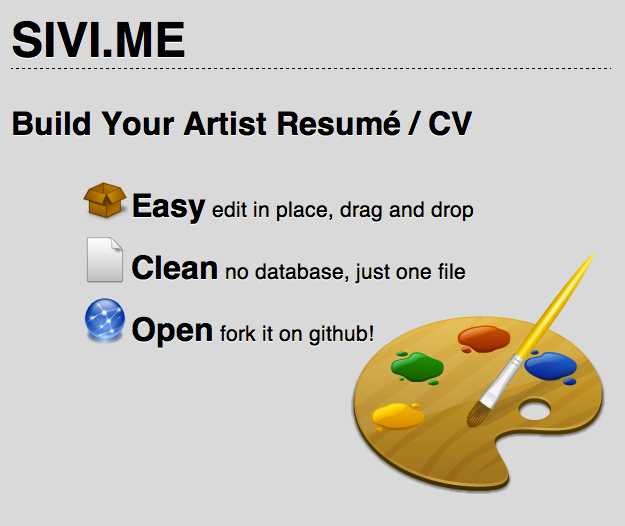 Billy Rennekamp: Sivi.me
Billy Rennekamp: Sivi.me
November 29 – December 12, 2011
View work
Inquire
The term “skeuomorph” refers to a decorative or non-functional element of a modern object, one which refers to the obsolete ancestor it was designed to replace. The concept is known in the digital world mainly due to its prevalence in the field of computer interface design. The knobs, buttons, file folders, trash cans, and other interface pseudo-objects with which we are now familiar, were originally contrived in an effort to help new users relate to the environment of manipulating digital information, an environment for which there was little precedent or native visual form. In this way, the skeuomorph is symbolic of the conflict between the values of tradition and innovation in a society steeped in quickly-advancing technology. To artists who find the Internet essential to their practices, the skeuomorph can symbolize another, subtler conflict: the arbitrary distinction between the Internet as a context versus the Internet as a medium. Just as the metaphor of the “folder” eased early computer users into grasping the dynamics of file directories, so do the artificial boundaries of “art medium” and “art gallery” areas of online space demarcate and emphasize the objects of an online artist’s labor. How does an artist’s website, when used as a portfolio or gallery of their works, relate to the work of an artist whose activity and presence on the web is regarded as artwork in its own right? The answer may be that, in this instance, such a website is itself a skeuomorph, anachronistic and superfluous, “untrue” to its material; the online equivalent of one’s biography hanging in a frame next to the artwork.
Calling attention to the online environment’s inherent lack of a clear internal/external divide between artwork and context, Billy Rennekamp’s sivi.me presents a demonstration of his own open-source software framework for maintaining and displaying an artist CV as art object. Rennekamp eschews an “outsider” approach to technology in favor of the user-friendly aesthetic of the professional web developer; the familiar array of pop-up alerts, smooth dissolves, and scrolling transitions of the interface are re-framed as aesthetic objects in their own right, as is the participation on the part of the users as their additions to the database accumulate.